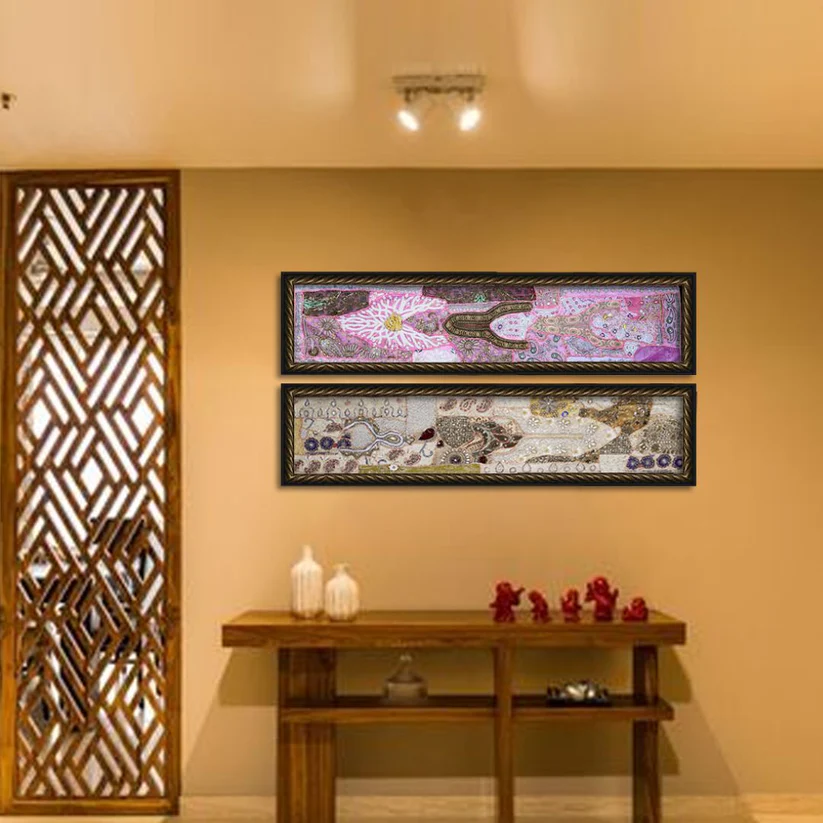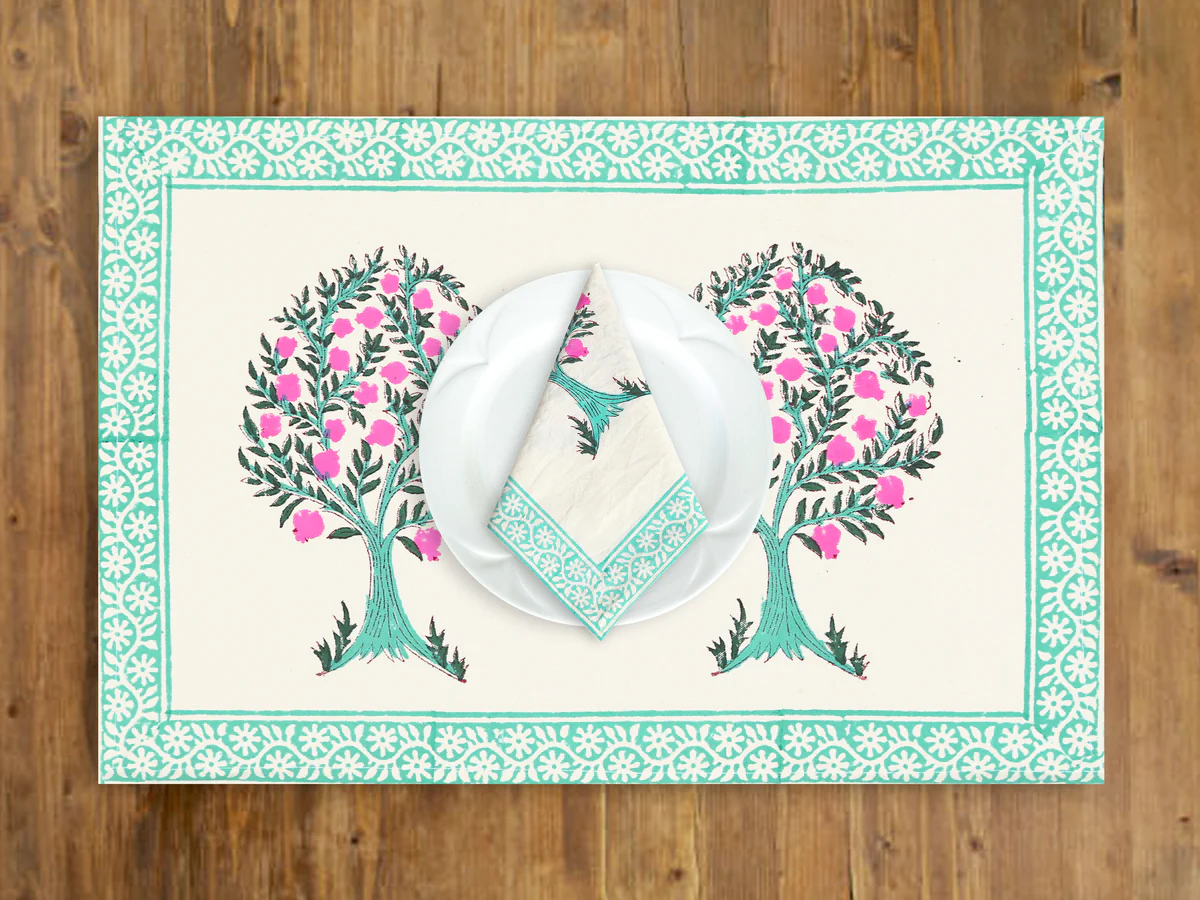Barmeri Handicrafts: Discover Rajasthan’s Finest Handmade Treasures

What Are Barmeri Handicrafts?
Barmeri handicrafts represent a significant part of Rajasthan’s rich artistic traditions. These handcrafted treasures originate from the Barmer district, a region known for its exceptional craftsmanship and cultural heritage. The artisans of Barmer have preserved centuries-old techniques, creating products that showcase intricate designs, vibrant colors, and remarkable attention to detail.
These handicrafts encompass a variety of artistic expressions, including textile embroidery, wood carving, block printing, and metalwork. Each item crafted by Barmeri artisans reflects the deep-rooted traditions and cultural influences of Rajasthan, making them highly valued for their uniqueness and authenticity.
The Historical Significance of Barmeri Handicrafts
The history of Barmeri handicrafts dates back several centuries when artisans in Rajasthan were encouraged by local rulers to develop their skills in textile weaving, hand embroidery, and decorative artistry. The region’s crafts have been influenced by various dynasties, each contributing to the evolution of unique designs and artistic techniques.
Barmeri crafts are deeply embedded in the daily lives of local communities, with many families passing down their craftsmanship through generations. The traditional techniques used in creating these handicrafts have remained largely unchanged, ensuring that every piece retains its original authenticity and cultural significance.
Different Types of Barmeri Handicrafts
Barmer’s artisans produce a wide range of handicrafts, each with its own distinct style and method of creation. Some of the most notable categories include:
1. Embroidered Textiles
Barmeri embroidery is recognized for its elaborate patterns, vibrant threadwork, and intricate mirror embellishments. The designs often feature floral motifs, geometric patterns, and depictions of traditional Rajasthani folklore. The embroidery is done by hand, showcasing the exceptional skill and precision of the artisans.
2. Hand Block Printing
One of the most distinctive forms of textile artistry in Barmer is hand block printing. This method involves stamping fabric with hand-carved wooden blocks dipped in natural dyes. The patterns created through block printing are symmetrical and highly detailed, often incorporating traditional Rajasthani motifs. To explore these intricate designs, visit Shop Hand Block Printed Bed Sheets and discover authentic handcrafted textiles.
3. Wood Carving and Furniture Making
Barmer is known for its exquisite wooden handicrafts, including furniture, decorative panels, and intricate carvings. Skilled artisans use traditional tools to create elaborate patterns on wooden surfaces, resulting in unique and aesthetically rich products.
4. Metal Crafting and Jewelry
Metal handicrafts from Barmer include engraved brass and copper items, handcrafted jewelry, and decorative artifacts. These pieces are often adorned with intricate designs inspired by Rajasthan’s royal heritage.
5. Handmade Table Runners and Home Décor
Barmeri handmade textiles are widely used for home décor, especially table runners, cushion covers, and wall hangings. These pieces are crafted with a combination of embroidery, mirror work, and block printing, adding a traditional yet sophisticated touch to interiors. You can explore beautifully designed Barmeri Handmade Table Runners for an authentic addition to your home.
How Barmeri Handicrafts Reflect Cultural Heritage
The craftsmanship of Barmeri artisans is deeply intertwined with Rajasthani culture and traditions. Many designs and patterns seen in Barmeri handicrafts are inspired by elements of nature, historical architecture, and folk legends. The use of bright colors, intricate embroidery, and traditional motifs reflects the vibrancy of Rajasthan’s artistic legacy.
These handicrafts are also essential in local festivities, traditional ceremonies, and Rajasthani attire. The art forms have been preserved through community efforts, ensuring that the traditional techniques continue to be practiced by newer generations of artisans.
The Art of Hand Block Printing in Barmeri Handicrafts
Hand block printing is a signature technique of Barmeri textile craftsmanship. The process involves:
-
Carving wooden blocks with detailed patterns and motifs.
-
Preparing natural dyes from plant-based sources such as turmeric, indigo, and pomegranate.
-
Stamping the fabric with precise hand movements to create symmetrical patterns.
-
Drying and finishing the fabric to ensure durability and vibrant color retention.
This method requires exceptional skill and patience, making each piece a unique work of art.
The Sustainability of Barmeri Handicrafts
One of the key aspects of Barmeri handicrafts is their sustainability. Unlike mass-produced products, these handicrafts are made using eco-friendly materials and natural dyes. The process is labor-intensive but ensures minimal environmental impact.
By supporting traditional handicrafts, consumers contribute to the preservation of artisanal skills and promote ethical practices that prioritize sustainability. Handcrafted textiles, wooden artifacts, and metalwork are durable and long-lasting, making them a conscious choice for environmentally aware buyers.
How Barmeri Handicrafts Have Evolved Over Time
While the core techniques of Barmeri craftsmanship have remained unchanged, artisans have adapted to modern trends and consumer preferences. Today, traditional designs are often incorporated into contemporary home décor, fashion, and accessories.
Many designers and brands collaborate with local artisans to create fusion products that maintain traditional elements while appealing to modern tastes. This evolution has helped expand the reach of Barmeri handicrafts beyond Rajasthan, making them popular among art enthusiasts worldwide.
Challenges Faced by Barmeri Artisans
Despite their exceptional craftsmanship, Barmeri artisans face several challenges in sustaining their art:
-
Competition from machine-made products: Mass production has affected the demand for handmade goods, making it difficult for artisans to compete.
-
Lack of fair wages and recognition: Many artisans struggle with low wages and limited access to markets.
-
Limited awareness among consumers: Many buyers are unaware of the cultural and artistic value of Barmeri handicrafts, leading to a decline in demand.
Government initiatives, artisan cooperatives, and online marketplaces have helped bridge these gaps by providing better market access and fair compensation for artisans.
The Future of Barmeri Handicrafts
With increasing interest in handmade and sustainable products, the future of Barmeri handicrafts looks promising. Efforts to promote traditional arts through exhibitions, cultural events, and online platforms have contributed to a renewed appreciation for handcrafted goods.
As consumers become more conscious of the importance of ethical shopping, Barmeri artisans have an opportunity to expand their reach and continue showcasing their remarkable skills on a global scale.
Why Barmeri Handicrafts Deserve Global Recognition
Barmeri handicrafts are more than just decorative items—they represent a cultural heritage that has been nurtured for centuries. The intricate craftsmanship, rich history, and sustainable practices make these handicrafts a valuable addition to any collection.
By supporting Barmeri artisans and choosing handmade products, buyers not only acquire a piece of Rajasthan’s artistic legacy but also contribute to the preservation of traditional craftsmanship for future generations.







